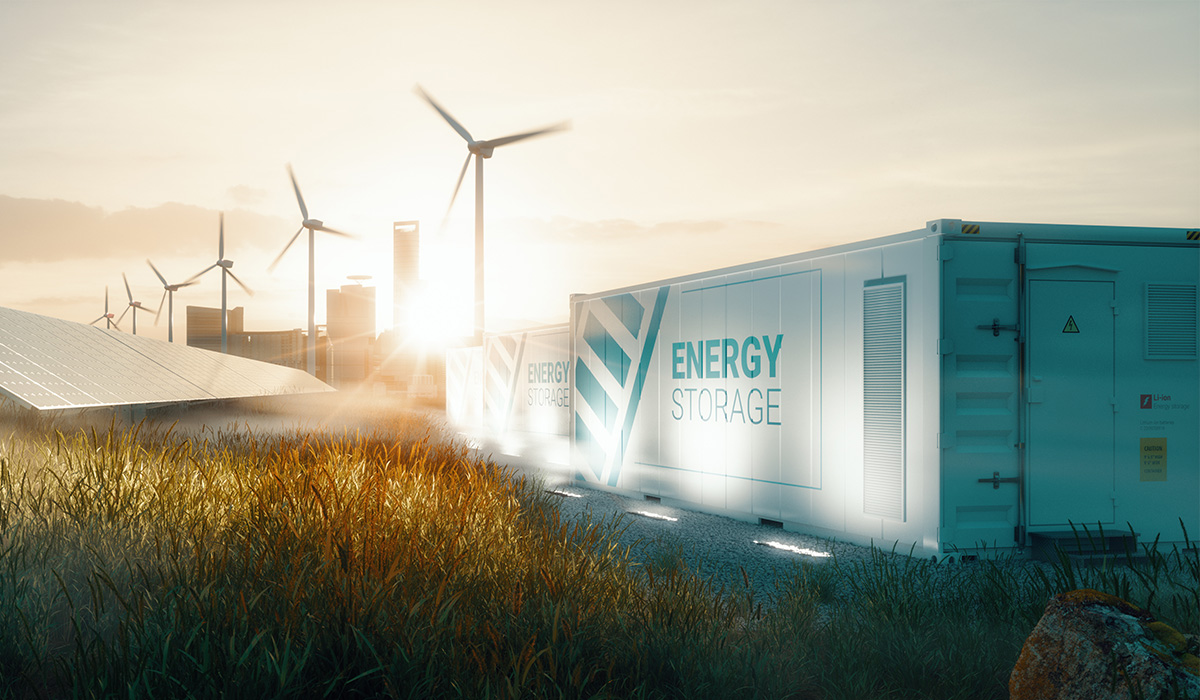In recent years, the rise of renewable energy has offered a lot of promise in our fight against climate change and to achieve net zero carbon emissions. But the evolving technology has also added complexity to our grids, which presents new challenges to the sector.
Renewable power plants tend to generate energy intermittently, for example, depending on how much wind or sun there is at a given moment. This can create instability in the grid, causing end-users to experience voltage sags or power cuts — an inconvenience in the best-case scenario, but one that can turn into a full-blown financial loss for industrial production and businesses.
Certain traditional solutions for managing new energy sources can be integrated into the grid, but they can be expensive or create new inefficiencies or even create the very carbon emissions that undermines the whole point of renewables.
Fortunately, a new wave of innovations is seeking to solve the problem in a sustainable way:
Basalt at scale
An EU-funded Danish consortium has proposed using basalt to store large quantities of renewable energy. The consortium, consisting of Aarhus University (AU), Danish renewable energy company Stiesdal and energy provider Andel Holding A/S, has developed a project called GridScale.
- GridScale works like a huge heat pump that uses large tanks to store renewable energy produced by generators at wind or solar power plants.
- The tanks are filled with crushed, pea-sized stones of basalt, a sustainable, very abundant element in the earth’s crust.
- The large quantities of electricity produced at the plant go through a system of compressors and turbines, pumping heat from one or more tanks containing cooler stones to an equal number of tanks with hotter stones. As a result, the temperature of the cooler stones drops further, while the hotter stones get hotter.
- Temperatures of the hottest stones can reach up to 600℃.
- To release energy, GridScale reverses the process: making heat flow from the hotter basalt stones to the cooler ones. This releases thermal energy that can be harnessed for several different uses.
- The first GridScale energy storage project will have a capacity of 10MWh and be connected to a wind power plant. Developers believe it will make for a cheap and sustainable alternative to lithium-based batteries. They claim it can store energy efficiently, with a small carbon footprint, and that it could be scaled up to a capacity of 1 GW and a storage capacity of 100,000 MWh.
Battery blocks
Another project by Swiss battery manufacturer Leclanché involves a plug-and-play system of battery blocks able to store and deliver large quantities of energy.
- The innovation is made up of five-foot interchangeable battery units with a storage capacity of up to 745kWh. They can be used as a simple, cost-effective way to enhance the reliability of the grid at times of instability.
- Leclanché says the blocks are convenient to ship via boat or truck as a typical 20 foot ISO container. They can be easily installed on-site with the help of a crane, and the producer claims they have a small carbon footprint and environmental impact
- The range of products is equipped with cooling liquids and fire protection systems.
ENGIE EYE
Committed to finding energy storage solutions that provide a stable supply of green, high-quality power for times of grid instability, ENGIE has developed the Distributed Energy Resources Management System, or DERMS.
- ENGIE designs, finances, installs and optimizes modular batteries that can store large quantities of renewable energy for later use. The battery blocks are flexible and can be fully tailored to the needs of the users: if energy is needed for a longer time, renewable power can be integrated with biofuels – like biodiesel or hydrogen.
- The batteries can be easily transported in standard shipping containers; and thanks to energy management software developed by Kiwi Power, energy use can be optimized according to the user’s needs — and surplus energy can even be sold on to the grid for maximal financial efficiency.
- DERMS can help users minimize carbon footprints and lower costs, and they integrate the grid through clean energy, providing a stable flow of high-quality power for a monthly fee. ENGIE has created seven value propositions to help commercial and industrial customers: see which one is for you.
